At this point, unless you live under a rock or haven’t read this blog (I forgive you, I promise), you should probably be familiar with the dancing sharks that Katy Perry used in her performance at this year’s Super Bowl. Here’s a picture to remind you.
Perhaps one totally unintended consequence (or benefit) of the choreography malfunction was the tremendous following these sharks acquired after the Super Bowl performance. Indeed, immediately after the performance, artists jumped on the opportunity 3D making models of the sharks and selling them on sites like Shapeways. Of course, other enterprising artists struck to Etsy to sell shirts bearing the cute but aloof shark.

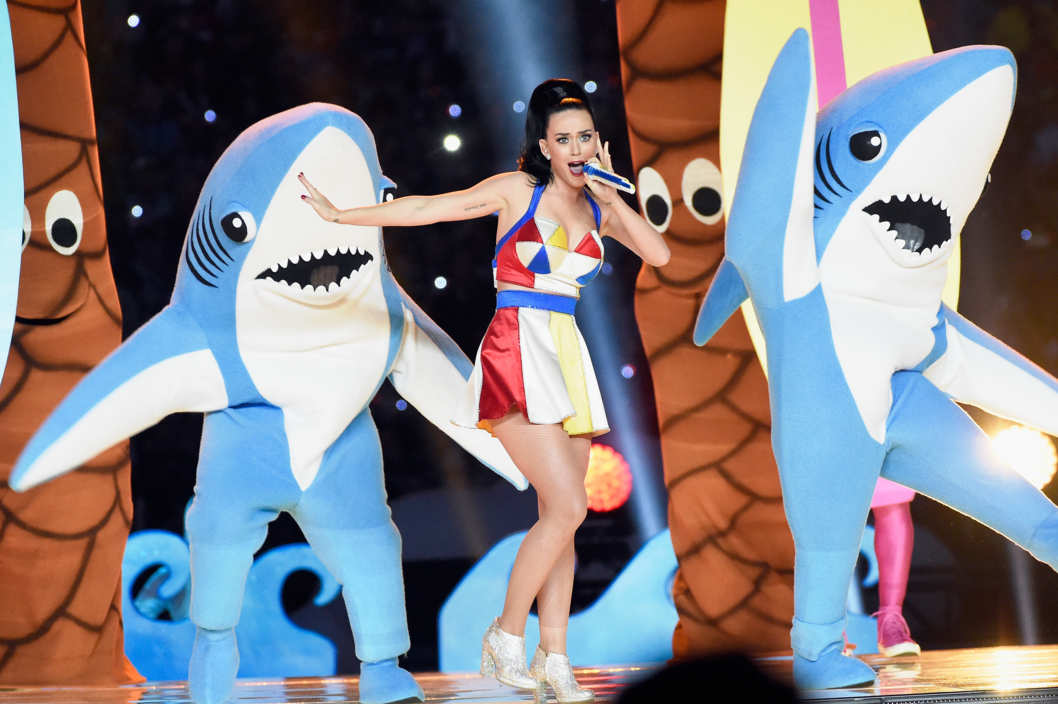

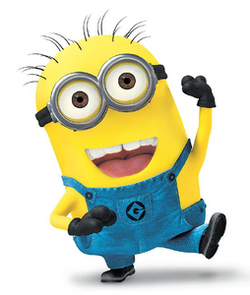
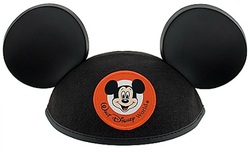
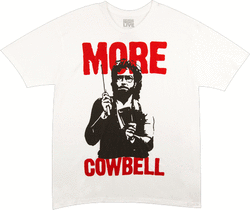
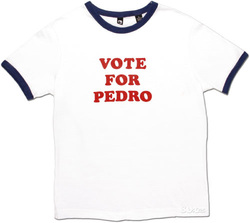

 RSS Feed
RSS Feed